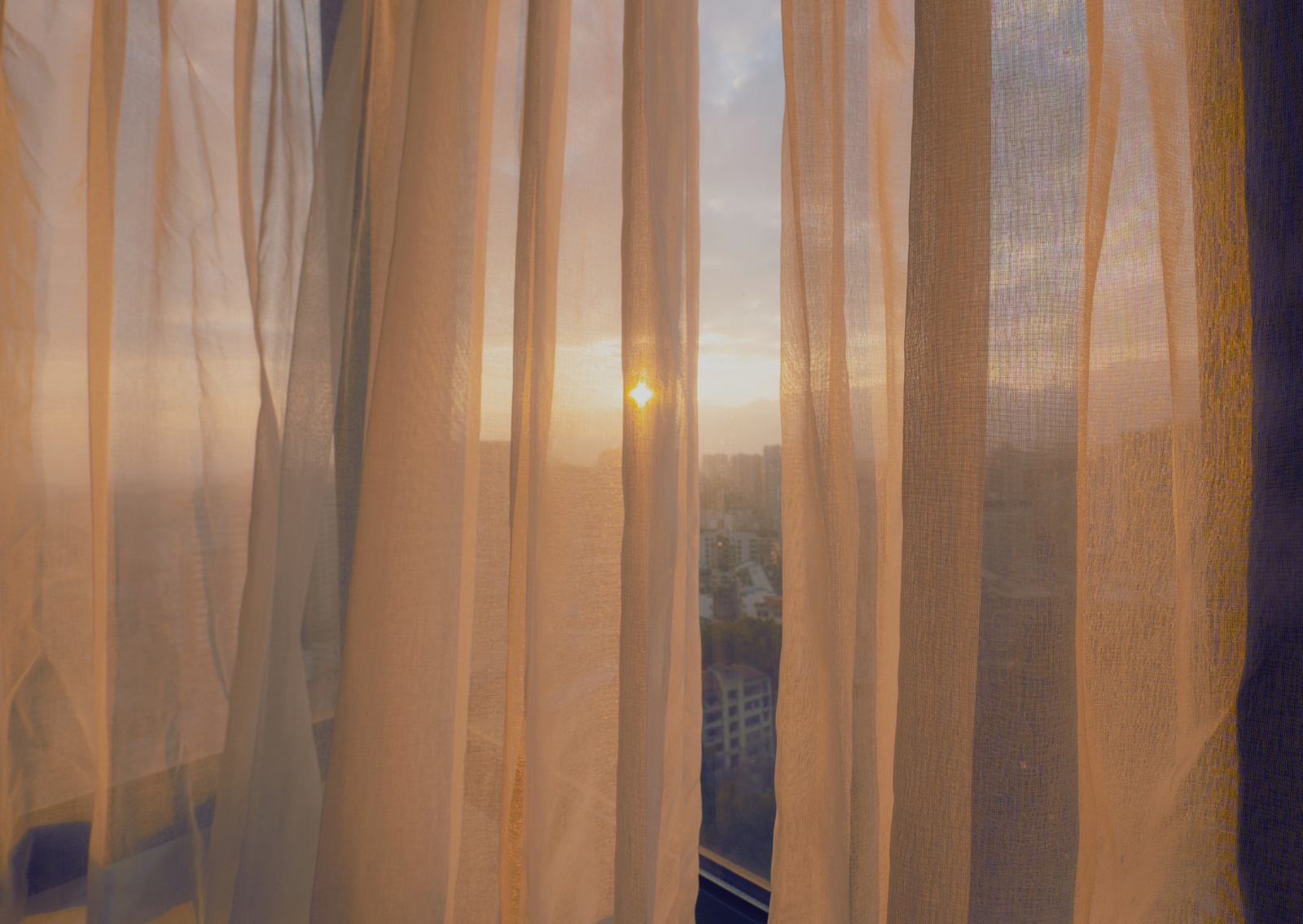
Good lighting can transform your home, but did you know it can also help your eyes function more comfortably, especially as we age? By optimising your lighting choices, you can make daily tasks easier and more enjoyable. Here are five practical tips to help you use light better in your home.
1. Reduce the Distance Between the Light Source and Your Task
The inverse square law of illuminance tells us that if the distance between a lamp and an object is halved, the light intensity increases by four times. This simple adjustment can make a significant difference in how well-lit your workspace is, whether you're reading or working. Keeping your light within arm’s reach will brighten your area and reduce eye strain.
2. Choose the Right Light Source for a Task
For detailed tasks like reading, working, or cooking, a ceiling light isn’t enough. Task lighting, such as desk lamps or bedside lamps, positioned closer to the task, is essential for reducing eye strain and improving focus. Ensure that the light is directed at what you're doing, especially in areas where precision is needed.
3. Add ‘Spotlight’ Lighting in Specific Rooms
Spotlighting can help brighten dim areas of your home, making tasks easier on your eyes. Bathrooms and kitchens especially benefit from focused lighting. For example, installing a light above your bathroom mirror can make a big difference when doing your daily skincare and eye care routine, or even while brushing your teeth. In the kitchen, consider adding a spotlight above counters or sinks to better illuminate meal preparation tasks like reading recipes or chopping ingredients.
4. Choose the Right Bulb
LED lights offer a wide range of colour temperatures, from cooler blue-white tones (up to 6500 Kelvin) to warmer orange hues (down to 2700 Kelvin). If you don’t need to match colours, your choice of colour temperature is down to personal preference. Warmer tones tend to be more relaxing, while cooler tones provide better contrast for tasks.
5. Layer Your Lighting Sources
Create a well-lit environment by layering ambient, task, and accent lighting. Ambient lighting provides overall illumination, task lighting brightens areas where focus is needed, and accent lighting adds warmth or highlights specific features. This layered approach helps reduce eye strain, as it provides flexibility in lighting depending on your needs and activities.
Remember, as we age, our eyes require significantly more light. A 60-year-old needs three times as much light to see as well as a 20-year-old. Therefore, paying attention to the lighting in your home becomes increasingly important as you grow older.
Leave a comment (all fields required)
Comments will be approved before showing up.


